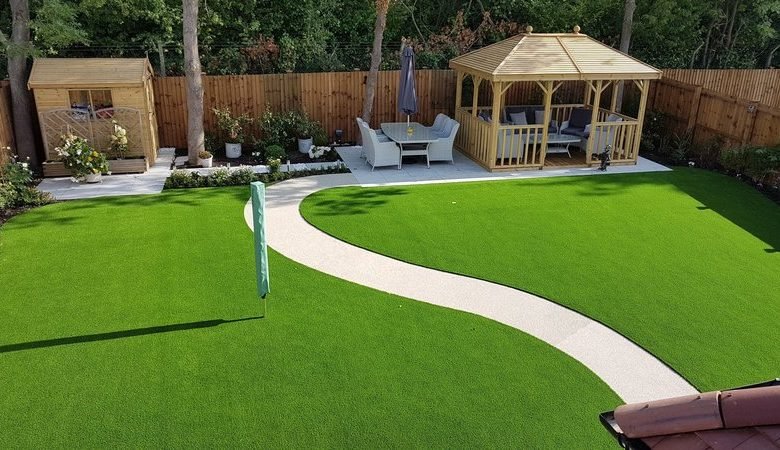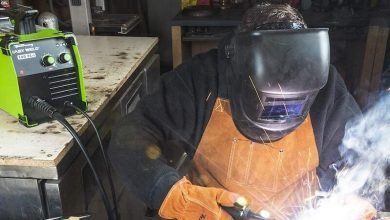
Artificial Lawns: The What, Why, & How?
Artificial turf is highly durable and can withstand heavy use, making it a good choice for areas with high foot traffic or severe play. It is also resistant to fading and can maintain its colour and appearance for many years with proper care. Installing an artificial lawn can be a great way to add a low-maintenance, attractive, and durable surface to your outdoor space.
How To Install Artificial Lawns?
Artificial turf can provide a beautiful and natural-looking surface that enhances the appearance of outdoor spaces. It is available in various colours and textures, allowing you to choose the perfect look for your space. Artificial turf does not produce pollen or other allergens, making it a good choice for people with allergies.
Here is a step-by-step guide to the installation process of an artificial lawn:
Prepare the site:
The first step in installing an artificial lawn is to prepare the site. This involves removing existing grass, weeds, or debris and levelling the ground as much as possible. You may need a shovel, rake, or other tools.
Install a subbase:
A sub-base is a layer of material laid down under the artificial turf to provide a stable foundation. This can be made of crushed stone, gravel, or other materials and should be compacted to create a solid foundation for the artificial turf.
Install a base:
The base goes on top of the subbase and provides the foundation for the artificial turf. This can be made of sand or a combination of sand and rubber. The base should be smooth and level and spread out evenly to ensure that the artificial turf is adequately supported. Titan Turf has up to 15 years on superior artificial turf products and five years on our expert installations.
Install the artificial turf:
Once the base is in place, you can install the artificial turf. This typically involves rolling the turf and trimming it to fit the desired area. The turf should be positioned and secured using nails, staples, or other fasteners to ensure it stays in place.
Install any necessary drainage:
If the artificial turf is being installed in an area with poor drainage, it may be necessary to install a drainage system. This can involve establishing a layer of gravel or other absorbent material under the turf to allow water to drain away.
Finish the edges:
Once the artificial turf is installed, it is essential to finish the edges to ensure a clean and professional look. This can be done using metal edging, plastic edging, or other materials to create a smooth and finished edge.
Clean up:
The final step in the installation process is cleaning up any debris or mess left over. This includes removing excess materials, raking the turf to smooth it out, and sweeping or blowing away any excess dirt or debris.
Now You Know!
Overall, installing an artificial lawn ensures that the turf is adequately supported and installed. By following these steps and working with a professional installation team, you can ensure that your artificial lawn looks great and provides a durable and low-maintenance surface for your outdoor space.




Thanks for sharing. I read many of your blog posts, cool, your blog is very good. https://www.binance.com/ka-GE/register?ref=JHQQKNKN
Your point of view caught my eye and was very interesting. Thanks. I have a question for you.
Incorporating personal development into the marital equation requires conscious effort and commitment.It involves setting aside time for self-reflection,ラブドール 高級
Thank you, your article surprised me, there is such an excellent point of view. Thank you for sharing, I learned a lot.
I don’t think the title of your article matches the content lol. Just kidding, mainly because I had some doubts after reading the article.
Tried these [url=https://joyorganics.com/collections/usda-certified-cbd-oil-tinctures ]buy cbd tincture[/url] in front bed a occasional times in and they in point of fact work. I’m most of the time tossing and turning, but with these I ruin surpass up falling asleep fashion quicker. No weird hangover hint in the morning either. Kinda dear, but bluntly value it when I very recently need a wholesome night’s sleep.